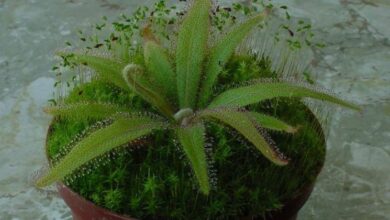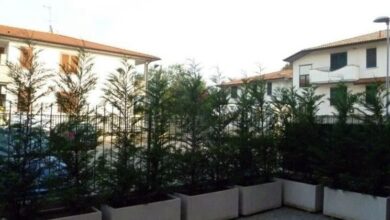How to prune the vine
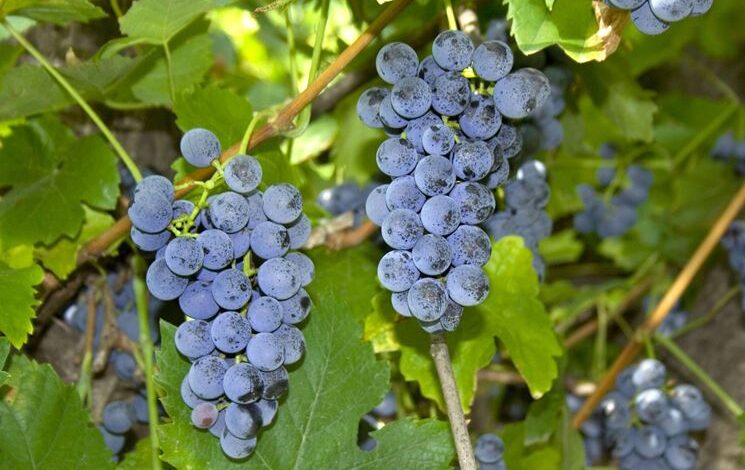
How to prune a vine: general information
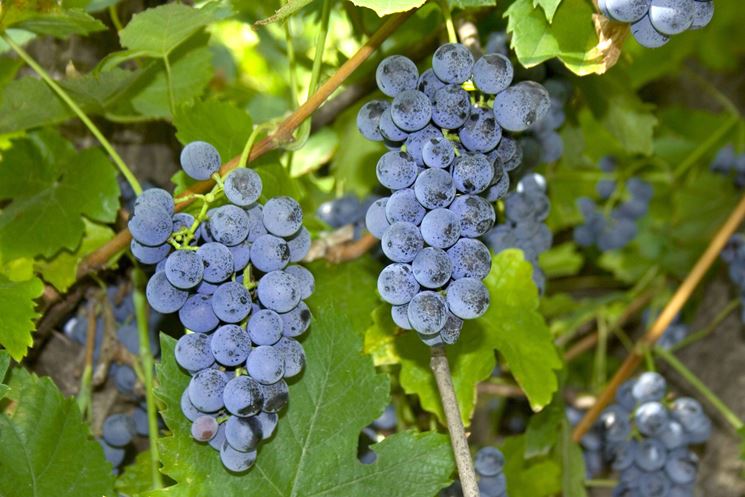
Vine: the importance and the period of pruning
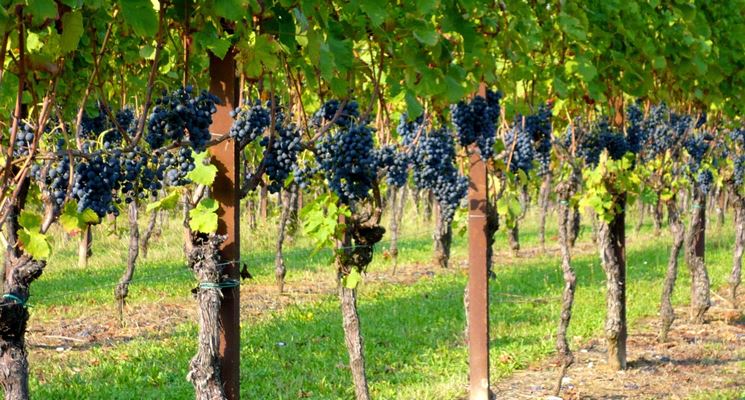
Know that a well done pruning will improve the quality of the wine and lower the chances of plant diseases. Prune in such a way that the foliage of the plant can remain ventilated and towards the sunlight: this will reduce the chances of being affected by infestations, rot, mold and that it can give a bad taste to your wine. There are various practices that keep the cover outdoors, such as pulling away the less profitable shoots during spring growth and «plucking» the leaves from the areas with the fruit. Pruning is essentially cutting unwanted canes to allow the vine to produce a smaller, more intensely flavorful crop the following year. This operation is obtained using shears and cutting about 90% of the bushes grown the previous year, saving a minimum for the fruitful production of the upcoming season. There are two pruning systems: the spur system, which is the simplest and most common system and the most complex branch pruning system.
The spurred system, the most common and simple
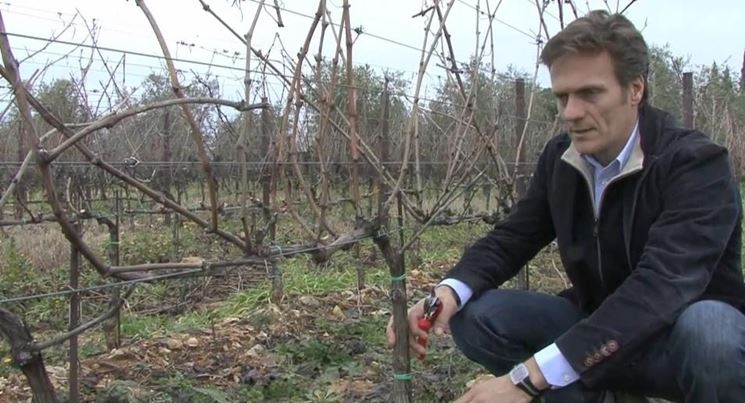
The spurred system is the most efficient, popular and appropriate for medium to high vigor vines. Classic varieties such as Cabernet Sauvignon, Merlot and Syrah are often pruned with this method. The spurred system is a style for garden vines and vines that have been grown on fences and other simple support systems. The reason for its popularity is that the rammed system is easy to make and teach. It is, in essence, like giving the vine a «short cut», keeping an «arm», a branch on the fruity wire as a permanent cord, and cutting the cords on the vine every year to limit growth. Just walk around the vine, follow it, and cut off all the twigs that tend to sprout and leave a couple of buds ready to be born. You will need to learn how many sprouts to leave on the vine, and how your decisions will affect its growth, vigor and fruiting production over the next two years. Experiment: make your own wine and choose the best style for you! Don’t worry about the possibility of damaging the vine; it is stronger than you think.
How to prune the vine: the vine pruning system
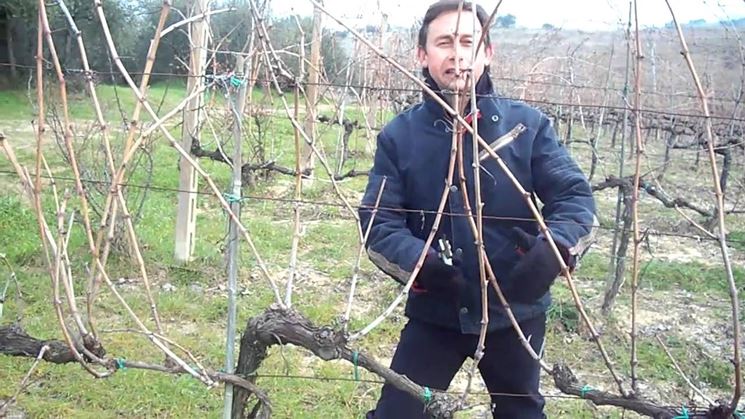
A second type of pruning is very popular for Burgundian vines (Pinot, a variety from cold climates). This type of pruning is done for those vines that have taken a wild shape and need to be «tamed.» First we look for two branches that appear healthy, thicker than a pencil by a maximum of three times. The shoots tend to be less fruitful if they are too large. Choose the branches that had the best position for sun exposure during the previous year. Keep these shoots and remove the rest. The only thing you will have to save when cutting will be a pair of shoots under the top of the vine to ensure that the branches of the following year are born renewed. Now remove all the cut shoots from the trellis and wrap a branch towards the wire that will support the fruit. The benefits of this style of pruning are the shelter from freezing and the ability to have new growth spaces in the spring, allowing sunlight to enter beyond the vine cover. It is certainly a complex technique, which requires good dexterity and some experience!

